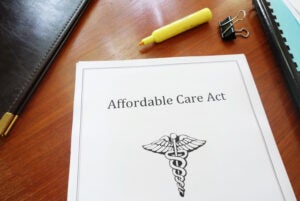September Research Roundup: What We’re Reading

While the weather may be cooling down, the research is not! This month we read about Medicare Advantage quality bonus payments, out-of-pocket drug costs for consumers, effects of enhanced premium tax credits on older adults, and strategies to increase eligibility verification and receipt of Marketplace subsidies.









